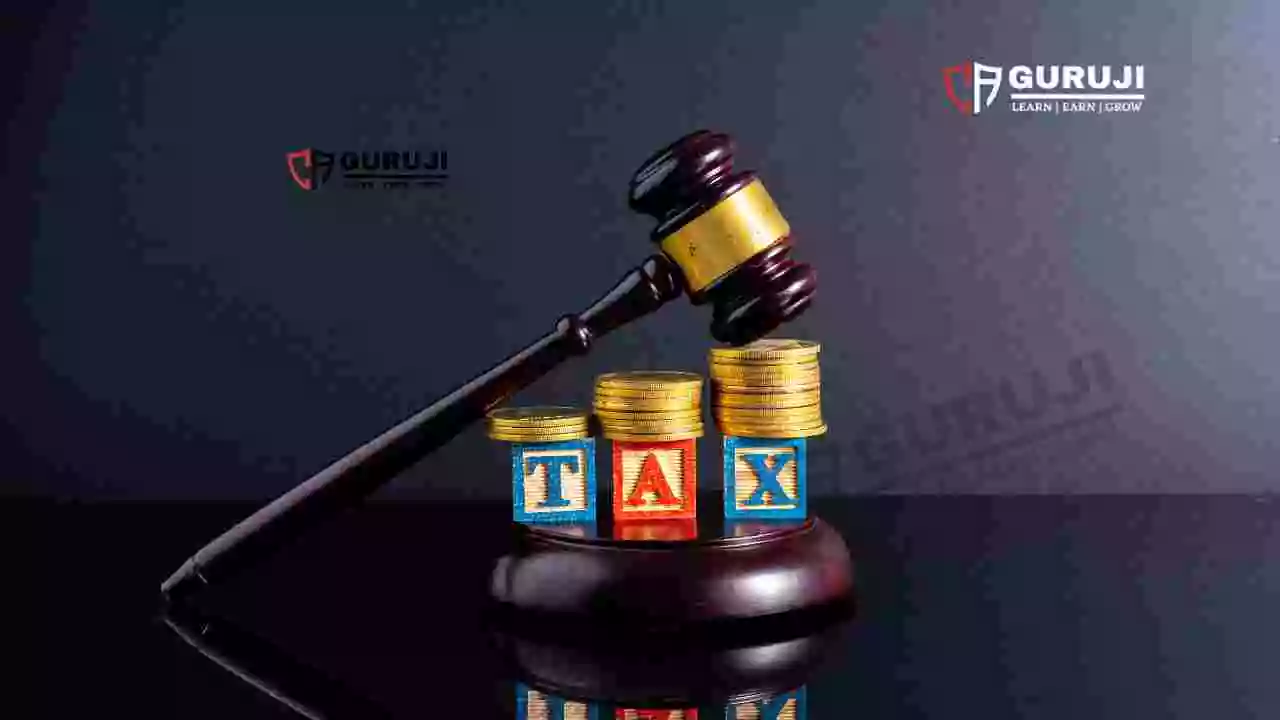The concept of Updated Income Tax Returns, commonly known as ITR-U, was introduced in the Union Budget 2022 to provide taxpayers with a mechanism to rectify errors or omissions in their original filings. It offers individuals an opportunity to correct mistakes made while filing their income tax returns or to file returns even after missing the belated return deadline.
First know the Due Dates to file Original & Belated ITR:
| Category of Taxpayer | Due Date for Tax Filing |
| Individual / HUF/ AOP/ BOI (If Tax Audit not applicable) | 31st July |
| Businesses (if Tax Audit Applicable) | 31st October |
| Revised return | 31 December |
| Belated Return | 31 December |
| Updated return | 2 years from the end of the relevant Assessment Year |
What is an ITR-U (Updated ITR)?
ITR-U, or Updated Income Tax Return, is a form that allows taxpayers to rectify errors, omissions, or updates in their originally filed income tax returns.
Time Limit to file ITR U
It enables individuals to update their returns up to two years from the end of the relevant assessment year, providing them with a second chance to ensure accuracy and compliance with tax laws. Introduced under Section 139(8A) of the Income Tax Act, ITR-U serves as a rescue for those who have not filed their returns or have made inaccuracies in their filings.
Example: Mr. Sharma, a salaried individual, filed his original Income Tax Return for the Assessment Year 2024-25 (Financial Year 2023-24) on July 15, 2024. However, upon thorough review, he discovered an error in reporting his interest income from fixed deposits in Jan 2025, when he has no option to file revised return. Realizing his mistake, Mr. Sharma decides to rectify this error by filing an Updated Income Tax Return (ITR-U)
Now, let’s determine the time limit within which Mr. Sharma can file his ITR-U:
Original Filing Date: July 15, 2024 End of Relevant Assessment Year: March 31, 2025
Time Limit for Filing ITR-U is 2 years from the end of the relevant assessment year Calculation: End of Assessment year+ 2 years = 31 March 2025 + 2 years = March 31, 2027
Result: Mr. Sharma has until March 31, 2027, to file his Updated Income Tax Return for the Assessment Year 2024-25. This timeline allows him sufficient time to correct the error and ensure compliance with tax regulations.
Eligibility for Filing Form ITR-U under Section 139(8A)
Any taxpayer, whether they have previously filed an original return, revised return, or belated return, is eligible to file Form ITR-U under Section 139(8A). Eligible scenarios for filing an Updated Return include:
- Previously Not filed returns
- Incorrect reporting of income
- Selection of wrong heads of income
- Reduction of carried forward losses or unabsorbed depreciation
- Revision of tax credits or rates
- Other errors or omissions in the original return
However, certain conditions apply, and taxpayers must meet specific criteria to qualify for filing ITR-U.
Who is not eligible to file Form ITR-U under Section 139(8A)?
While most taxpayers can avail themselves of the provisions of Section 139(8A) to file an Updated Return, certain situations restrict eligibility. Taxpayers cannot file Form ITR-U under the following circumstances:
- If an Updated Return has already been filed
- If the Updated Return results in a return of loss
- If the Updated Return reduces tax liability from the previously filed return
- If the Updated Return increases the refund amount
- If certain legal proceedings or actions have been initiated by tax authorities
- If specific information has been received by the taxpayer under various acts or agreements
- Other notified conditions as per tax laws
Understanding the Time Limit to File ITR-U: Taxpayers have a window of 24 months from the end of the relevant assessment year to file an Updated Return under Section 139(8A). The following table illustrates the time limits for filing ITR-U for different assessment years:
Assessment Year Last Date of Updated ITR Filing AY (2021-22) 31 March 2024 AY (2022-23) 31 March 2025 AY (2023-24) 31 March 2026
This timeline provides individuals with ample opportunity to rectify errors or omissions in their returns, ensuring compliance with tax regulations.
Additional Tax Liability 25% or 50% u/s 140B for ITR U
- 25% Additional Tax: If a taxpayer furnishes an updated return of income within 12 months from the end of the relevant Assessment Year, they are subject to an additional tax of 25% on the aggregate of tax and interest payable as computed under Sections 139(1) or 139(2) of the Income Tax Act.
- 50% Additional Tax: Similarly, if the updated return is furnished after the expiry of 12 months but within 24 months from the end of the said assessment year, the additional tax is increased to 50% of the aggregate of tax and interest payable.
Example:
- Suppose Mr. Patel earned a total income of Rs. 15,00,000 during the financial year. However, when he initially filed his Income Tax Return, he disclosed only Rs. 10,00,000 of his income, inadvertently omitting Rs. 5,00,000.
- Now, if Mr. Patel decides to furnish the updated return of income for the additional Rs. 5,00,000 within 12 months from the end of the relevant assessment year, he will incur an additional tax of 25% on the aggregate of tax and interest payable.
- Similarly, if he files the updated return after 12 months but within 24 months from the end of the relevant assessment year, the additional tax will be increased to 50%.
- The aggregate tax, in this case, is computed after considering various factors such as TDS (Tax Deducted at Source), TCS (Tax Collected at Source), Advance Tax, Self-assessment tax, and any amount of credit brought in the original return.
- Additionally, any tax credits availed for set-off under sections 115JAA or 115JD, which were not claimed in the former return, are also taken into account.
- It’s important to note that the aggregate tax includes surcharge and cess, and the additional tax percentage applies to this total amount. Therefore, taxpayers must carefully assess their additional income and the applicable timelines to avoid any penalties or discrepancies in their tax filings.
Late Fee:
If taxpayers not filled Return and now wants to file ITR U then he have to pay Late fee u/s 234F
| Total income below Rs 5 lakh | Total income above Rs 5 lakh |
| Rs 1,000 | Rs 5,000 |
Implications of Filing ITR-U
Filing an Updated Income Tax Return entails certain implications for taxpayers, including:
- Rectification of errors and omissions in the original return
- Prevention of legal consequences for incorrect information
- Potential adjustments to tax liabilities, refunds, or tax credits
- Possibility of penalties for late filing, depending on the duration of the delay
- Enhanced compliance with income tax laws and regulations
How to File Form ITR-U
By following these steps diligently, taxpayers can ensure a smooth and compliant filing process for their Updated Income Tax Returns.
Conclusion:
ITR-U, or Updated Income Tax Returns, offers taxpayers a valuable opportunity to rectify errors, omissions, or updates in their originally filed returns. With its introduction in the Union Budget 2022, ITR-U has become an essential tool for ensuring accuracy and compliance in income tax filings. By understanding the eligibility criteria, filing process, and implications of ITR-U, taxpayers can navigate the complexities of income tax regulations with confidence. However, it’s crucial to exercise diligence and caution while filing Updated Returns to avoid penalties or legal consequences. Consultation with tax advisors or professionals can provide additional guidance and support in the ITR-U filing process, ensuring seamless compliance with tax laws
Visit www.cagurujiclasses.com for practical courses









